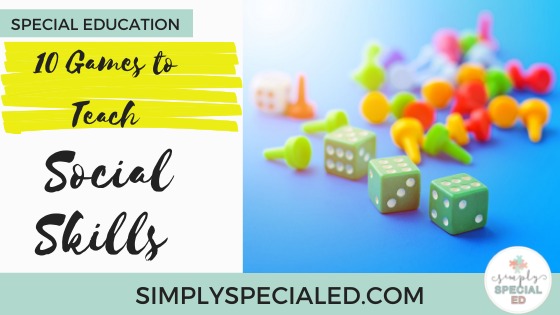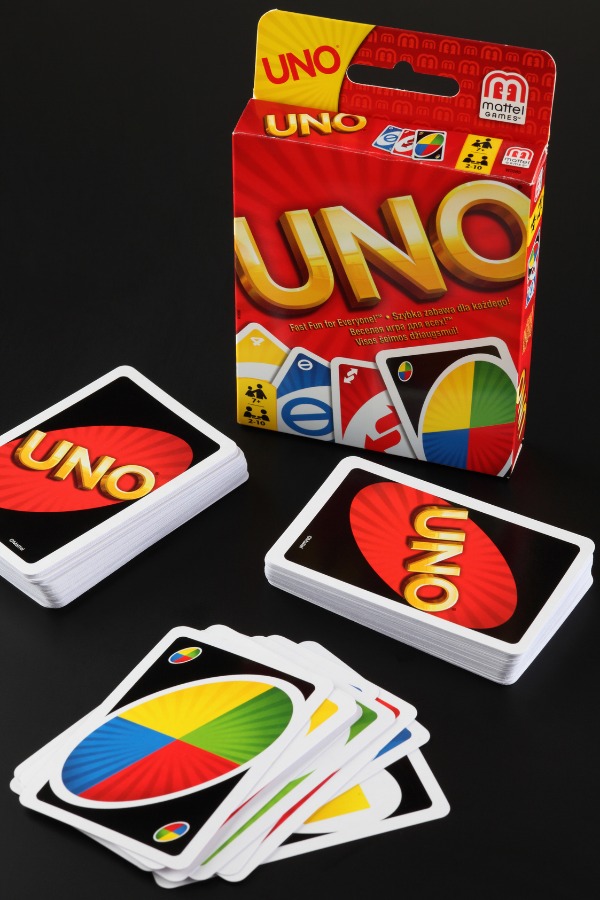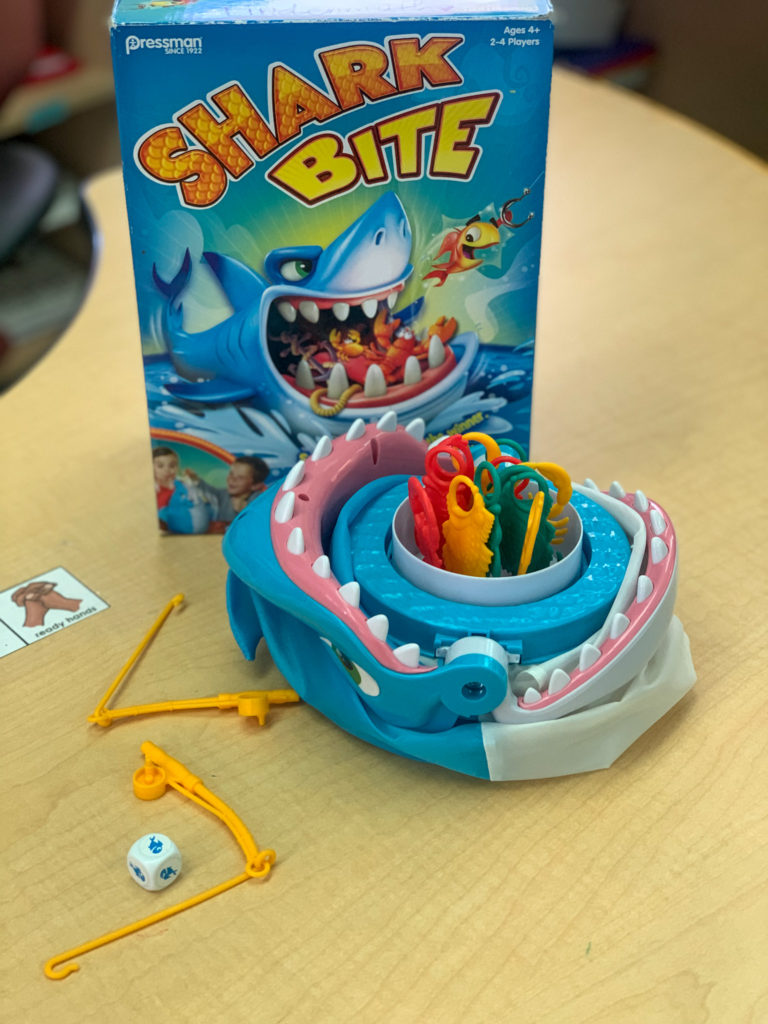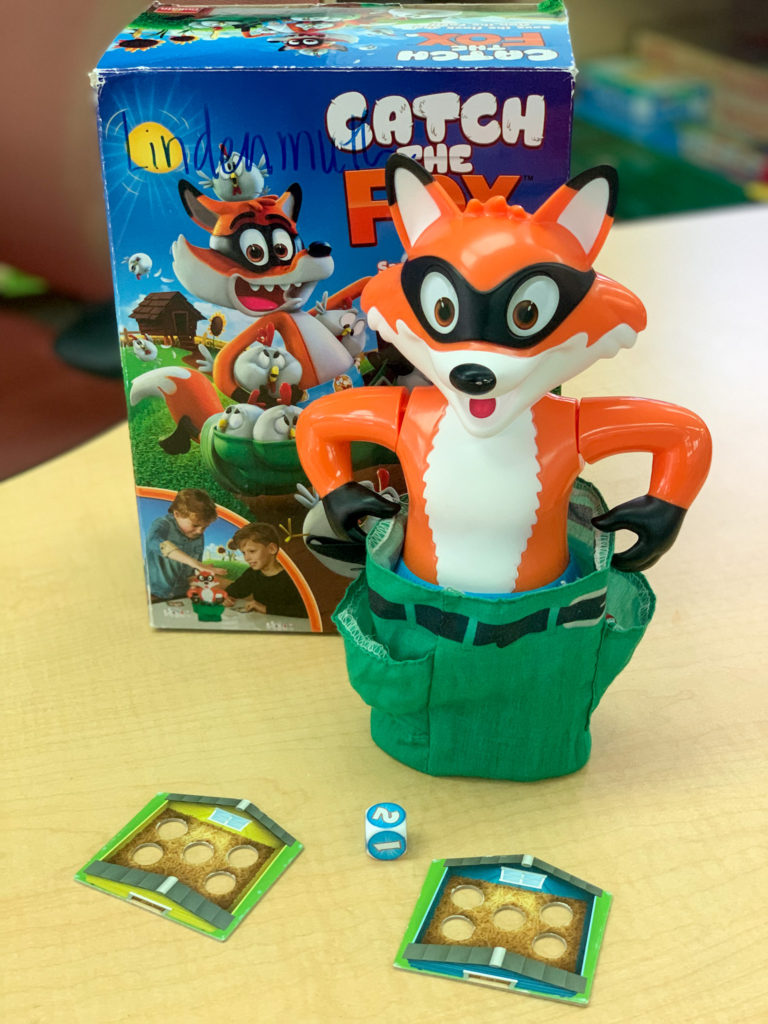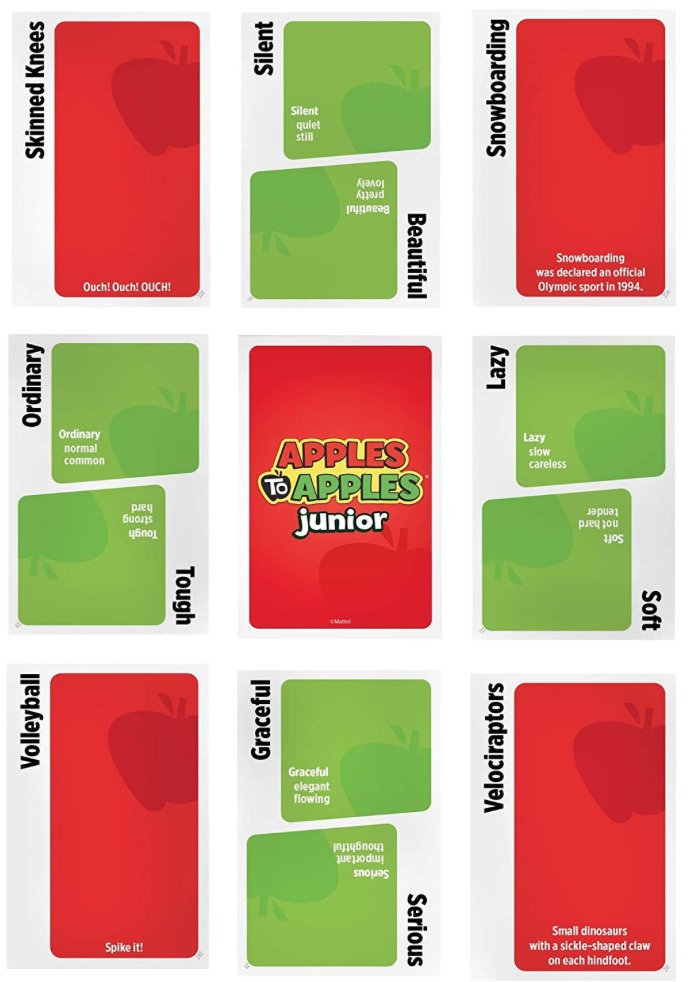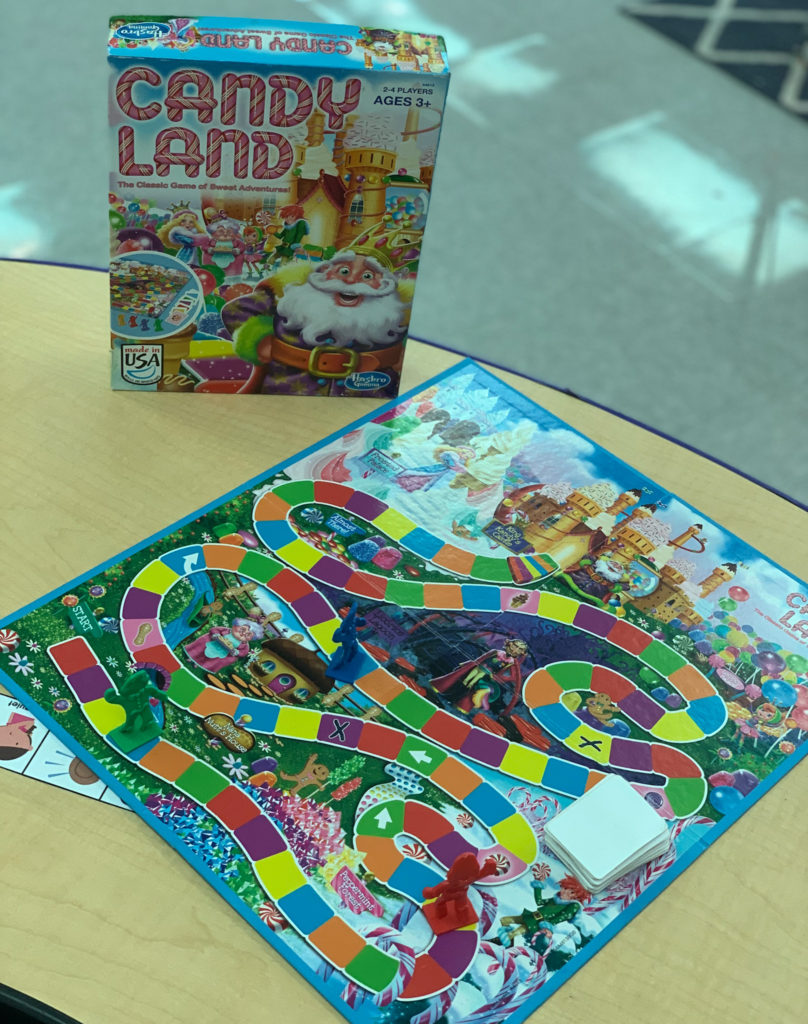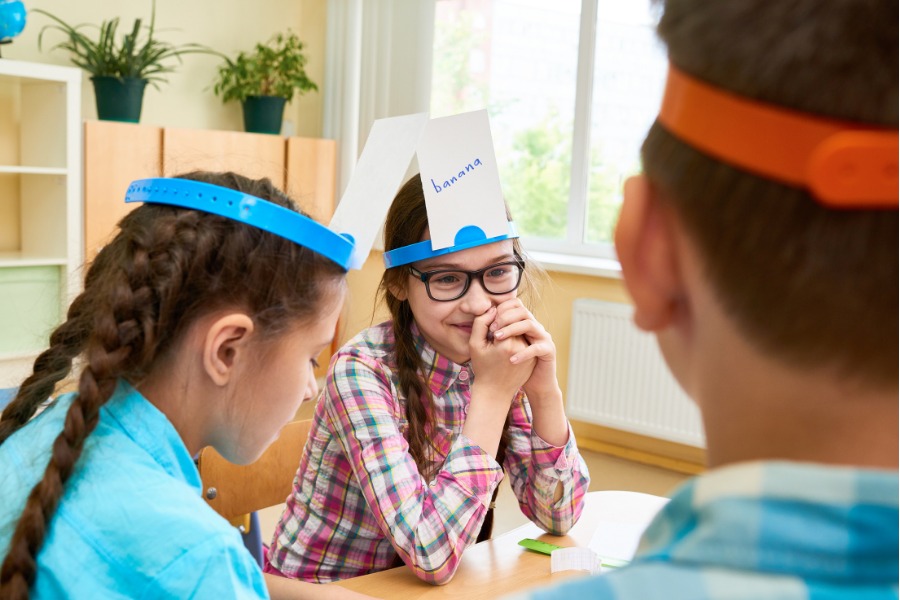
Playful Parenting-Early learning through play
LEARNING THROUGH PLAY
Play is very important to a child's development, it is an integral part of a child's Early Years.
Foundation Stage and supports their learning journey too. Young children can develop many skills through the power of play. They may develop their language skills, emotions, creativity and social skills.
Play helps to nurture imagination and give a child a sense of adventure. Through this, they can learn essential skills such as problem solving, working with others, sharing and much more.
In turn, this helps them develop the ability to concentrate. Providing children with a range of playthings will help them learn in a number of ways:
Sand and water play can be an early introduction to science and maths, eg learning that water is fluid, not solid, and that it can be measured in different sized containers.
Playing with dough or clay, drawing and painting pictures, dressing up, playing with dolls can encourage creativity, imagination and expression of feelings.
Building blocks, jigsaws and shape sorters can help with recognizing different shapes and sizes, putting things in order and developing logic.
Playing ball games, dancing, running, climbing all help to develop body movement, strength, flexibility and co-ordination skills.
Games help with turn taking, sharing and mixing with others.
Singing, playing simple music instruments help to develop rhythm, listening and hearing.
It's important that learning is fun at this age. It needs to be about doing things with them that they like. They might find unusual ways of doing things - for a little one, building blocks aren't just for making towers, and paint can be used without a brush! Show them how things work, but if they want to experiment, let them.
Children learn through all their senses through taste, touch, vision, hearing and smelling. They will watch those around them and copy language and behavior. Look at the pictures together; this will help younger children make sense of the words.
It's also good to talk to them a lot, about everyday things while you are cooking or cleaning. This will give you a chance to teach them how things work and they will be able to ask you questions. Get ready for lots of “why’s?”
THE LEGO FOUNDATION HAS WRITTEN A MORE THOUROUGH PHAMPLET
WHAT WE MEAN BY: LEARNING THROUGH PLAY_ENGLISH VERSION
Are you struggling to be a playful mom? 3 easy tips that can help {+ printable}
If you ever wondered how to be a playful mom, here are 3 tips that will help you find the joy in every moment that you spend with your kids!
That morning I was sitting on the floor in our living room playing with my son. Each of us had a wooden train with a lot of rail cars and we were moving it along the rails. We have been doing this every single day in the previous two weeks. And he never seemed to have enough of it!
It was certainly his favorite way of playing but I didn’t feel the same. Not at all! What started as a fun way to spend time together ended in feeling like an unpleasant duty.
There was no way to suggest another activity because he was so happy to play with the trains! My only “escape” was to think about other things while moving the little colorful train on the tracks.
Suddenly my son came to me and put his cold hands on my cheeks. He looked at me and said:
“You are not doing this right! Dad plays this game better!”
“Why do you think so?”, I wondered.
“Because he smiles when he plays. And he makes the race fun!”
He was so right!
I was trying to play with him because I knew that he liked this game so much. But the truth was that I was not really there with my whole heart! And he felt this!
I hugged him and told him that I was sorry. Then, I explained to him how I was feeling about playing with the trains so often.
To be honest, being playful doesn’t come easy for me all the time. My husband is genuinely playful and he can make even the simplest things be fun and exciting for our son! I am not at all as funny and creative as him!
So I try to find ways to be playful while still being authentic and enjoying the moments that I spend with my son.
I don’t want to play games only for his sake because he feels when I am distracted. I want to be emotionally present in every of our playful moments! And I want him to see the excitement in my eyes and a big smile on my face every time we play!
I want to be emotionally present in every of our playful moments! I want him to see the excitement in my eyes and a big smile on my face every time we play!
Because I know how much this matters to him!
Here are the 3 tips that help me be a playful mom and make my son feel happy and connected. If you struggle with being a playful parent, I hope that these ideas will help you too!
1. Be honest
When I realized that playing games I didn’t enjoy wasn’t bringing joy to any of us any, the first step I took was to discuss this with my son.
I was honest with him and I explained to him that some games are not as fun for me as they are for him. I wanted to make it clear that this has nothing to do with him and it’s just a matter of preferences.
What really worked in making him understand this was a comparison with eating broccoli.
I explained to him that I enjoy eating broccoli while he doesn’t like it at all! He understood that preferences are something that we cannot control and that they have nothing to do with someone else’s preferences.
So I told him that playing with trains for hours is not something that I like. But that I love spending time with him and I am always glad to try other games!
I was a little afraid not to hurt his feeling during this discussion. But he was really happy with the explanations! He even started to list all the things that we can do together instead of playing with the trains. And we both loved doing them!
2. Keep it simple
Do you know all those amazing activities for kids that we find on Pinterest? They look so great!
But in my case, almost all those complicated tutorials turn into a messy and frustrating activity. The only benefit for me was that Bogdan was having a lot of fun watching me struggling in the middle of tons of craft supplies.

I realized that I am not the kind of mom who can make amazing craft projects. Or awesome Christmas decorations. Or even a decent felt quiet book for my son. And this is perfectly okay!
There are so many other activities that we can try. Kids don’t need complicated projects, they just need our time and attention! So I decided to only try easy-to-prepare activities and to invent our own games that don’t require a lot of preparations.
And it works great!
Bogdan is happy to try every activity that I prepare for him even if it doesn’t look like in those beautiful Pinterest photos! And I am glad to be able to play with him in such a simple and nice way!
(This is one of the reasons why I decided to share our activities on the blog. I want other moms to know that playing with kids doesn’t have to mean anything complicated. And even educational activities can be easy-to-make and enjoyable!)
3. Find the activities that you like and enjoy them
I don’t like to spend hours on the floor playing with cars and trains. I don’t like to chase imaginary monsters all over the house. Or hiding from zombies under the blanket!
My husband is great at this and I’m glad that they have so many fun moments together!
On the other hand, I am great at preparing scavenger hunts. I know how to create a lot of matching games that Bogdan loves. And I can spend hours in the library reading all the children books on the shelf.
Ever since I’ve decided to be totally honest about what I like and what I don’t, our playful moments are wonderful! I constantly discover new things that we both like and we spend lovely moments together!
So for me, the little secret about being a playful mom is that I try to find those activities that I could honestly enjoy. In this way, my son knows that every moment that we spend together brings us joy and connection!
Play is not only benefiting my child, it benefits me too! I can disconnect from the daily tasks and relieve all the stress. And this feels so good!
At the end, to wrap things up, here are the things that helped me and could be helpful for you too:
– being open and honest with your child about the games that you enjoy and those that you don’t
– letting go of complicated ideas and trying simple activities that bring joy and connection
– creating a list of play ideas that both you and your kids like and include them into your daily schedule!





